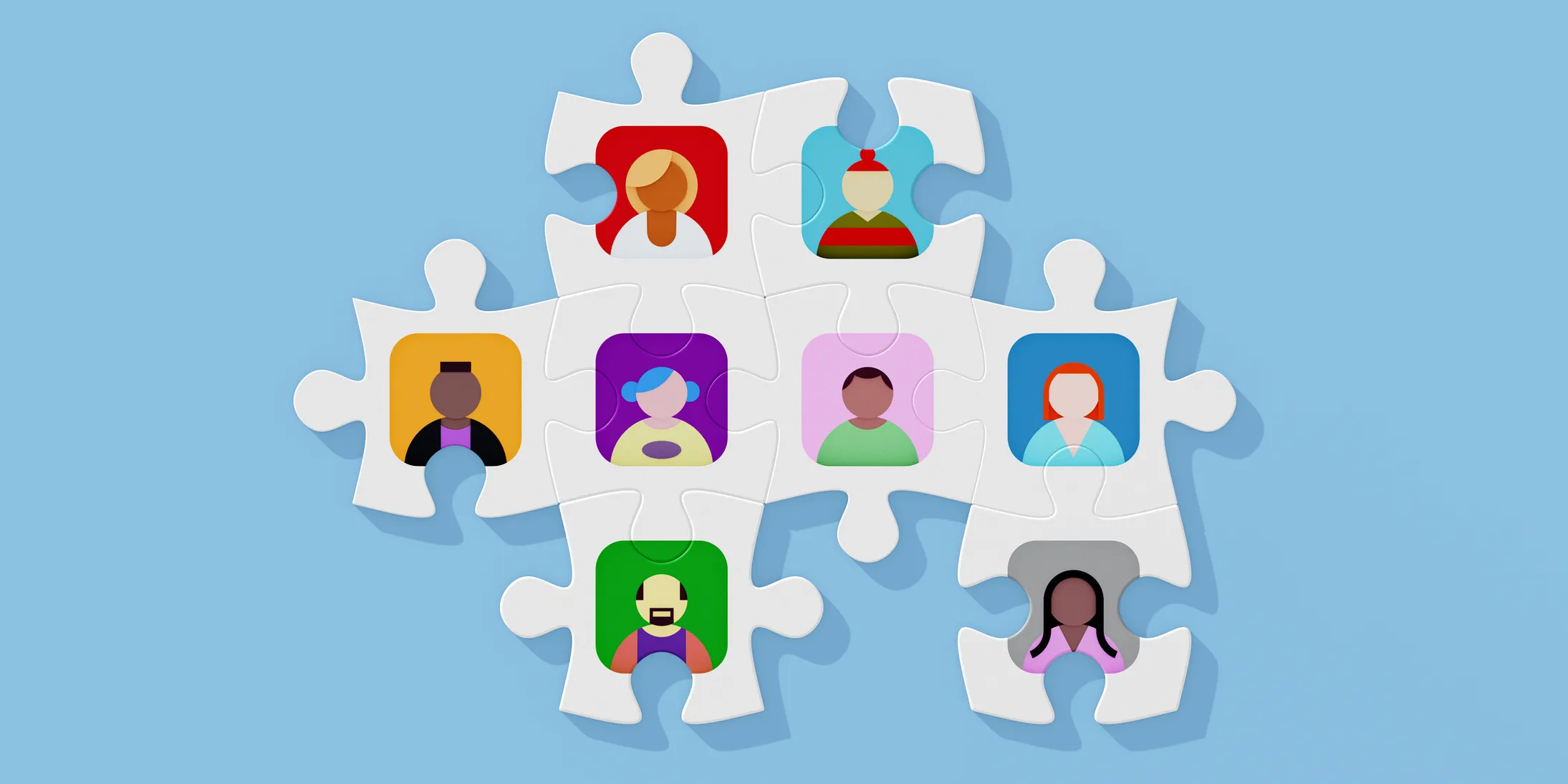Making meaningful changes to employee performance, growth, and goal-setting strategies can sometimes feel like an uphill battle. Healthcare companies, in particular, face some specific challenges, including shortages of skilled staff, an aging workforce, and stressful working conditions that can lead to issues with employee retention and burnout.
For HR professionals working in the healthcare industry, dealing with all of these challenges can mean there isn’t much time for considering how to optimize the employee experience. But leveraging the right HR tech can help people teams not only drive engagement and performance but also free up the time needed to forge successful partnerships with the C-suite. Here’s how four healthcare companies made it work for them.
Consolidating HR Tools Into an All-in-One Platform
When information isn’t easy to access, employees don’t know where to find the details they need, or they can’t leave real-time feedback about processes they’d like to see changed. That leaves HR leaders in the dark about what needs to be improved. At the same time, HR departments are often bogged down with the bottlenecks caused by time-consuming administrative tasks and don’t always have time to look at the bigger picture.
Pro tip: Centralizing and integrating goals, reviews, feedback, and growth into one intuitive platform means HR teams can spend more time supporting their people. Harnessing tech and automation in this way also frees up time for strategic decision-making, something that’s shown to help companies capitalize on new opportunities, according to McLean & Company’s HR Trends Report 2023.
How other companies are making it work:
- Before Twill started using Lattice, the company didn’t have a centralized platform. While Twill’s company values were communicated during employee onboarding, they weren’t clearly documented for employees to refer to later. Because each team had its own siloed processes, there was no overall visibility, which meant some employees were missing out on the performance review process. Now the HR team has created structure and helped streamline processes for performance reviews, including Slack integration for reminders. “I think it makes our 1:1s more intentional, being able to utilize the resources and tools within Lattice to facilitate those conversations,” said Alem Habtay, former director of technical recruiting at Twill. Lattice now helps Twill operationalize its core values, making it easier to tie them to overarching business strategies. It also enables integration of these values into praise and feedback, making it extremely clear what’s expected of employees, and celebrating their success.
- Finding the right HR tool doesn’t mean everything needs to be conducted on one platform, though. Lattice's intelligent integrations also allowed Strive Health to meet their employees where they are. Lattice allows for 1:1 agenda items to be added in Slack, plus sends out reminders and offers questions and templates to support managers, helping them better support their employees in return. “Lattice provides a one-stop-shop for everything related to performance and development. You can plan and document a 1:1, set goals, track progress, and collect feedback that can be used for the year-end review,” said Jane von Halle, Strive Health’s senior manager of talent development. “It’s game-changing to have all these tools and resources in one place.”
- As a rapidly growing healthcare startup, Solera Health was looking for a flexible performance management system that could match the company’s growth. They also needed documented HR processes that met strict healthcare compliance requirements. “I liked that Lattice’s approach had a traditional feel to it but it’s driven by technology and the platform is flexible, so we could customize it to meet our needs,” said Amanda McNulty, chief people officer at Solera Health. McNulty knew she needed a traditional, yet tech-driven approach with the flexibility to customize components as needed. Lattice ticked all of those boxes, with the additional bonus of integration with the HRIS platform Zenefits. “I don’t have to worry about entering employee information into another tool. I don’t have to worry about adding or removing people, and it keeps the company org structure,” explained McNulty.
- Communications technology company mPulse Mobile creates solutions that help healthcare providers connect more effectively with their customers. But in the HR office, transitioning to Lattice as their all-in-one platform has brought multiple benefits that have helped boost internal communication and engagement. From easily integrating new tools within the existing performance appraisal schedule to combining historical and more recent engagement survey data and metrics, the process has been smooth. Tiana Schisler Lavingia, former director of HR and talent acquisition at mPulse Mobile, mentioned that the most noticeable improvement has been Lattice’s ease of use, compared to other two-point solutions that couldn't match expectations.
Developing an Employee Feedback Loop
Workplace feedback needs to be a two-way street. In addition to the feedback given to employees by their managers, candid feedback about a company’s processes helps HR professionals uncover any underlying issues — and then work to resolve them.
Pro tip: Employee feedback can help HR teams uncover suggestions and ideas that can be used to improve business outcomes. For best results, combine a blend of surveys that allow for close- and open-ended questions.
How other companies are making it work:
- Twill used pulse surveys to create an effective feedback loop that helped track employee sentiment over time, through both quantitative and qualitative employee data. “We could actually see trends over time and see what people were thinking and feeling and actually have hard numbers and data behind it, in addition to the qualitative pieces, too,” said Pam Farago Morris, Twill’s former director of talent development. This led to Twill creating new programs that added value and scrapping others that employee feedback showed didn’t work.
- At Strive Health, the majority of employees work remotely, so having a reliable and consistent way for them to connect with managers was crucial. Employee engagement surveys helped the human resources team uncover issues that employees may want to discuss in between their regular review cycles. “What we discovered is that people now have a better sense of what’s expected of them in their roles, compared to last year, and I think we can attribute that to more people using Lattice,” von Halle noted.
- Lattice surveys helped mPulse Mobile discover that employees found the onboarding process overwhelming. “The surveys basically told us that there was too much information. Employees couldn’t grasp it all in just two hours. They felt that wasn’t enough time to get through everything,” said Schisler Lavingia. As a result, a more streamlined process was created, with bite-sized modules on a range of relevant topics — including how to get the best out of Lattice.
- Previously, Solera Health relied on organic conversations around employee growth. But as the company grew, these discussions weren’t happening as often as necessary. Employees were still hungry for feedback, so Lattice offered a place where more frequent conversations and feedback could be shared. “Moving from an ad-hoc process to a full performance management platform was great for us. It fostered that communication between manager and employees. Lattice helped us lay that foundation for our culture of continuous feedback and transparent communication,” said McNulty.
Sustaining Employee Participation
Your HR team might be confident they’ve chosen the best technology, but the most important thing is that your employees agree. When employees actually use the platform you’ve invested in, and you can see positive changes, you start to see a return on your investment.
Pro tip: Encourage employee participation by making your chosen HR technology platform part of the everyday routine. Monitoring usage and survey completion rates can help uncover whether any additional reminders or training is required.
How other companies are making it work:
- The HR team at Strive Health takes the time to show employees the value of the platform by embedding it from the very start. “We introduce people to Lattice during onboarding, we offer walkthroughs and webinars on how to use it, and we host regular refresher trainings. We also send employees reminders and explain why they should be using the tool consistently,” explained von Halle. The ease and convenience of Lattice mean Strive Health employees are happy to use it, a fact that’s reflected in the impressive usage rates. These include a 91% completion rate for year-end reviews, a participation rate of 81% on engagement surveys, and increasing levels of 1:1 usage.
- The people team at mPulse Mobile also combined historical engagement survey data with real-time data collected within Lattice to create a detailed picture of how employee sentiment changed over time. The annual engagement score increased from 76 in 2020 to 82 in 2021. Schisler Lavingia noted that this increase is due to a key Lattice feature: survey comments. “Now, our people have a forum to leave comments that we can then use to make an impact where we need to. The more we can address concerns and make things better, the better for us. We’re able to drive better outcomes and keep our employees engaged,” she said.
- The people team at Solera Health found that the straightforward, intuitive nature of Lattice meant it was easy to get team members to use it right away. McNulty estimates that the last review cycle had completion rates of 90-95%.
Making HR Management Easier With HR Tech
The right HR software has the potential to improve a wide range of business processes. From effective talent management at the start of the hiring process all the way up to strategic C-suite decisions that help drive business success, it’s possible for other healthcare companies to achieve the same improvements as the organizations mentioned here did.
Download The ROI of HR Tech ebook and discover how to transform your people processes while also delivering an impressive return on your investment.








